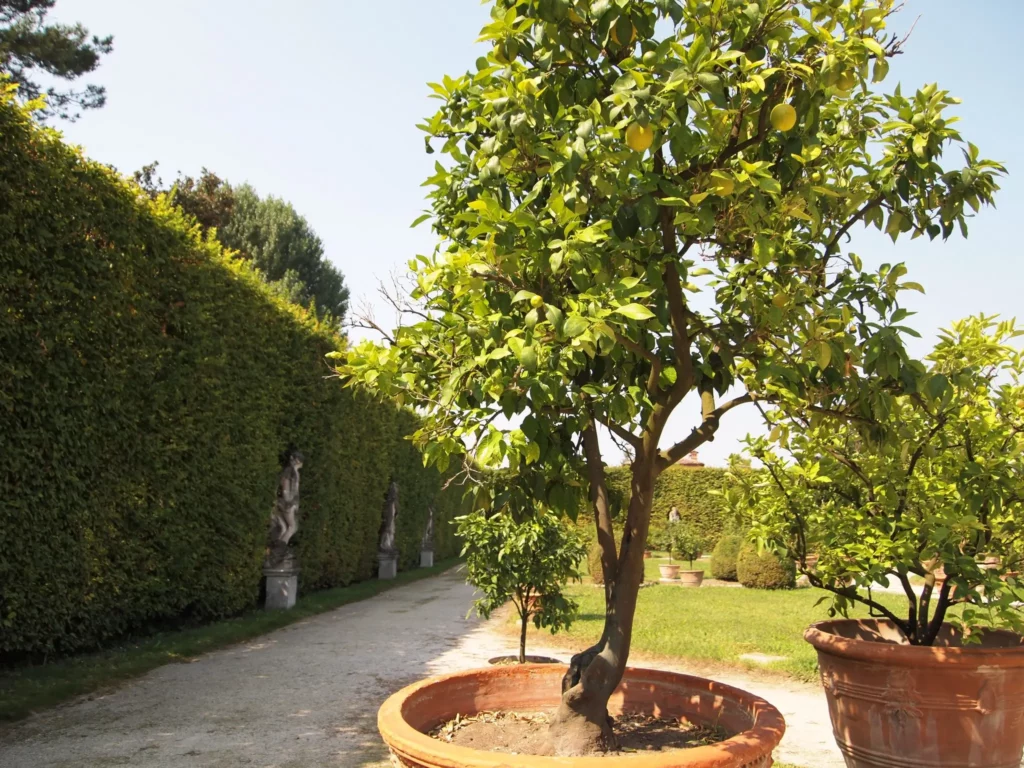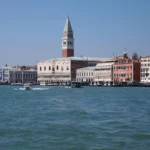Last Updated on 02/05/2023
Some villas with the Villa Pisani are located around Padua, and the picturesque Euganean Hills stretch to the south. From Padua, you can easily get by train to the walled cities: Montagnana, Cittadella, Castelfranco; to Vicenza, Bassano del Grappa, Treviso, not to mention Venice.
But here we will only talk about the immediate vicinity – more about Villa Pisani and short about other villas.
Euganean Hills
What to see in Padua
Venice Grand Canal, around the city, regatta
Venice San Marco, Doge palace, Basilica of Saint Mark
Venice tips. How to get to Venice, Venice museums
Around Venice and Lido di Jesolo. Map of attractions
Lido di Jesolo map, beach and what to do
Brenta Villas
Brenta itself now flows past Padua and flows into the sea near Chioggia – such a channel in the 16th century dug up for her by the Venetians.
The old channel was used for another canal linking Padua and Venice. Numerous summer villas of wealthy Venetians were built along this canal. In the hot summer, the wealthy Venetian society, accompanied by actors, artists, musicians, boarded the burcielli boats and went to the “terra farm”, moving there from villa to villa, the owners of which were organizing holidays.
Now it is an unattractive narrow muddy canal flowing along the road filled with cars. Since this is the only direct road to Venice for locals and tourists visiting the villas are added to them, there are a lot of cars. Some of the villas look very abandoned.
There are tourist boat excursions along the canal with a visit to the villas, but, to be honest, I would not go like that.
The three villas are most noteworthy: Malcontenta (you need to turn a little off the direct path to Mira), Widmann-Foscari (in Mira) and Pisani (in Stra).
Stra and Mira can also be reached by an ACTV bus from Padua to Venice.

Villa Pisani
Villa Pisani in Stra was included in the 2009 list of the 10 most beautiful parks in Italy.
It was built in the 18th century for Alvise Pisani, who was the envoy of Venice in Paris, and since 1735 the Doge of Venice. Alvise Pisani was chosen as the 114th doge, and therefore 114 rooms were made in the villa. Unlike other villas – summer cottages, this villa was supposed to showcase the wealth of the family and be a real palace.
In 1807 the villa was sold by the Pisani family to Napoleon, after Waterloo passed to the Habsburgs. The Austrian empress was very fond of relaxing in this villa and receiving “colleagues” and relatives, among her guests was Alexander 1. In 1934, Hitler and Mussolini met at the villa.
The interior of the villa has preserved paintings by Tiepolo and other artists of the era. But, to be honest, the interiors are not impressive, everything looks abandoned and in need of restoration and maintenance. Many of the rooms are empty, but a few rooms have retained furnishings from the 18th and 19th centuries. The most interesting is the ceremonial hall in the center of the second floor.
Courtyards




The stable opposite the palace itself looks like a villa.
View from the window and from below.


However, the main part of the admission cost is related to the park. He also looks romantically unkempt: empty alleys, lonely sculptures and only we cheerfully wander along the paths (two groups very successfully disappeared from the horizon to our arrival).
The park of the villa is 10 hectares. There is a labyrinth, grottoes, gazebos, a small garden with citrus trees.
We set off along a circular route counterclockwise. On the right, if you stand with your back to the palace, there are pavilions, statues, a labyrinth. On the left is a forest park that was fenced off when we were there, but, apparently, rhododendrons should bloom there in the spring.
This time I really liked the maze. A completely non-obvious path, no competitors making the task easier. And only a charming and very authentic watchman on the tower, hinting at the correct direction by mimicry. (Why mimicry? He, of course, does not speak English. He does not speak German either. It is quite often in Italy.)


The alleys intersect at different angles to create perspectives. At the end of the perspective, other pavilions or statues are visible.


The extended pond leads to the former stables. There is a very simple cafe (at the level of sandwiches) and a completely abandoned pavilion inside, which looks so picturesque from afar on the panorama.





View from the stables towards the palace.

Villa Widmann – Foscari
Villa Widmann – Foscari belonged to various wealthy families. In the 18th century it was bought by the Widmann family, who rebuilt the villa in the Rococo style. The villa was once visited by Carlo Goldoni and Igor Stravinsky.
Villa Foscari Malcontenta
Villa Foscari Malcontenta – one of the most important villas by the architect Palladio. It was created in 1559.
Malcontenta (Displeased) is a nickname possibly given after one of Foscari’s wives was forced to live there. The Foscari family was one of the most influential and wealthy in Venice and the villa’s interiors were luxurious. The murals were made by the artists Zelotti and Franco. Villa still belongs to the Foscari family and is protected by UNESCO.
More about Padua.
Euganean Hills and Arqua Petrarca
About Venice.
Map of attractions around Venice
Do you enjoy the site without cookies? This means that I work for you at my own expense.
Perhaps you would like to support my work here.
Or change your cookie settings here. I don’t use personalized ads







